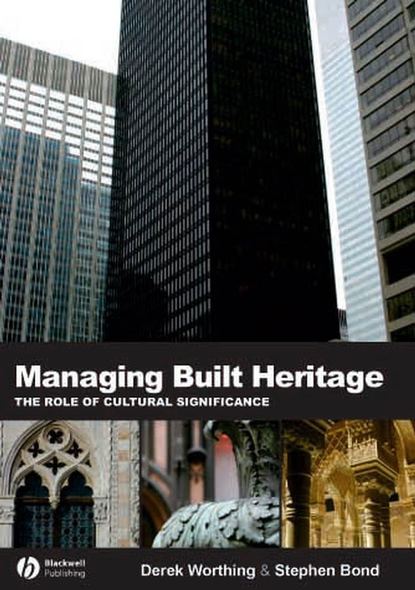
Managing Built Heritage скачать fb2
Derek Worthing - Managing Built Heritage краткое содержание
This book examines management of the built cultural heritage through the use of the concept of cultural significance. It considers how and why cultural significance is assessed and how it can be used as an effective focus and driver for management strategies and processes. Effective management of the built cultural heritage requires a clear understanding of what makes a place significant (and how that significance might be vulnerable) but the book also emphasises that this understanding of cultural significance must inform all activities in order to ensure that what is important about the place is protected and enhanced. The book was written in the midst of much fundamental rethinking, both nationally and internationally, on approaches to the conservation of our built cultural heritage. Managing Built Heritage: the role of cultural significance is analytical and reflective but also draws on real life examples to illustrate particular issues, looking at current approaches and drawing out best practice. The authors consider key policies and procedures that need to be implemented to help ensure effective management and the book will be useful for specialists in built cultural heritage – conservation officers, built heritage managers, architects, planners and surveyors – as well as for facilities and estates managers whose building stock includes listed buildings or buildings in conservation areas.
Чтобы оставить свою оценку и/или комментарий, Вам нужно войти под своей учетной записью или зарегистрироваться



